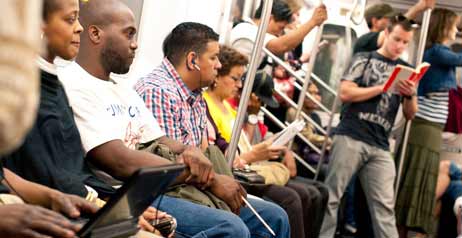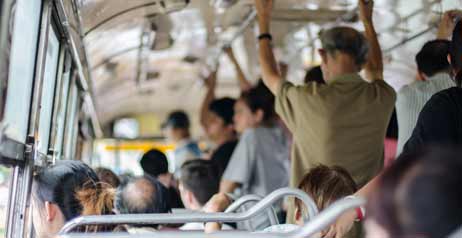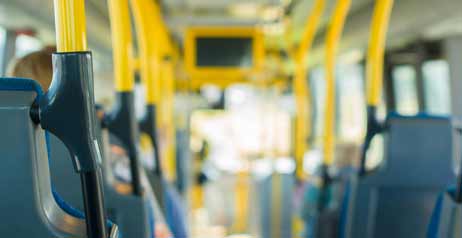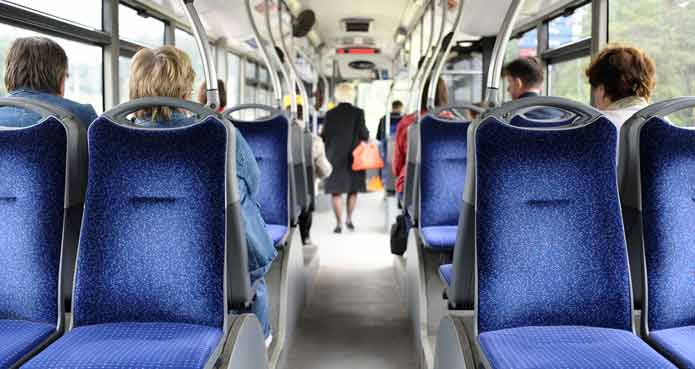Public transportation systems play a vital role in the lives of millions of people every day. They are an essential part of our cities and society, enabling people to travel within their own neighborhoods, to neighboring towns, and even across the country. Here’s everything you need to know about public transportation. Check here to find out additional resources about public transportation.
Public Transportation

A public transportation system is a collection of bus, subway, tramway train or trolley lines operated by dispatchers who are employed by an agency – they may be municipal government employees or private companies.
Public Transportation systems are typically operated by municipal or regional use, with services funded by taxes. The resources needed to run these transit lines are provided through fares paid for services and government subsidies.
Riders must pay a fare to use public transportation. Fares vary depending on the mode of transport, location and destination. In some instances, riders are required to carry a ticket or token from station-to-station before boarding each ride while in other cases there is no true ‘ticket’ but instead transit tickets which allow for free or discounted rides at any point during its validity period.
How does public transportation operate?
In cities all over the world public transportation systems have been developed to ease overcrowding of cars and trucks. In an effort to reduce traffic delays for both automobiles and public transport, many cities have made plans that allow for a more efficient use of road space by shifting some car trips from their main roads onto back streets or side-streets where transit routes run on guide ways. This creates more trails in metropolitan areas which is good because it reduces congestion while providing an added amenity to the community that also helps cut down on greenhouse gas emissions.
What are the Disadvantages of Public Transportation?

Public transportation is effective in its use of limited resources for traveling around cities, but can also create some problems. For instance, schedules are often not enforced on the day-to-day basis making it difficult to depend on them when necessary or at all hours of the day. Also traffic congestion caused by significant investment in new routes and stations may prevent access to public transit points that riders need most depending only upon public transportations.
What are the alternatives to public transportation?
The use of alternative methods for traveling in cities can be effective and reduce some of the downsides or dis-advantages that come with utilizing a system like streetcar transit. Cycling, walking, carpooling, taxis and Uber rides offer quick options outside of traditional travel systems when not getting on a bus or train is preferred.
Where can I find bus schedules and routes?

There are a few locations on the web where you can find bus schedules and routes. One of them is Google Maps. If you type in “bus” in the search bar, you will be able to see bus routes and schedules for many different cities. Another site where you can find bus timetables is from your local transit authority website.
Conclusion
Public transportation is one of the most convenient ways to travel around town. It’s also very affordable, which makes it a great choice for students, commuters, and anyone who wants to save money on their daily commute. When you need to get somewhere fast and don’t have a car or driver’s license, public transportation is often your best option. Thanks for reading. Hope you enjoy your ride!
